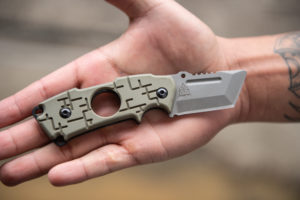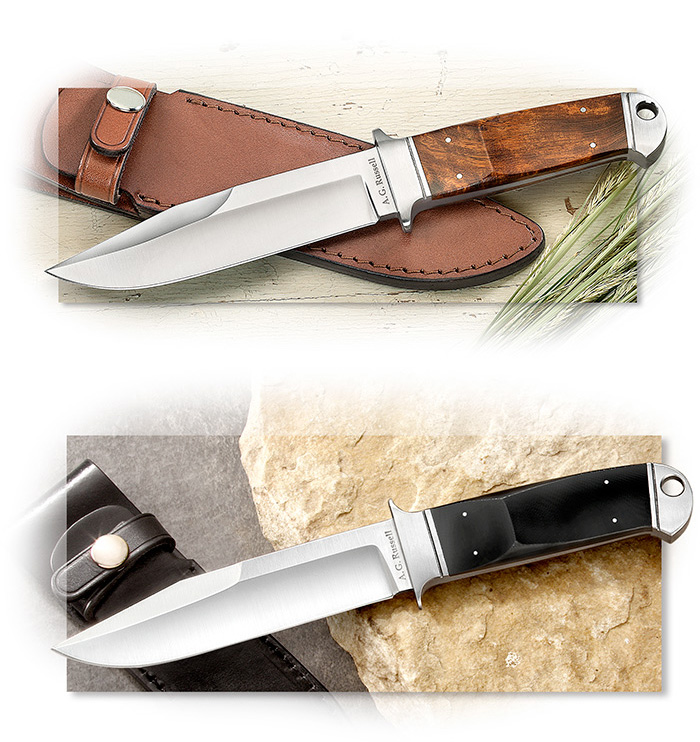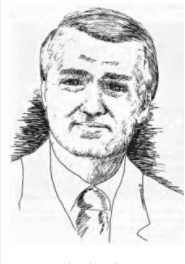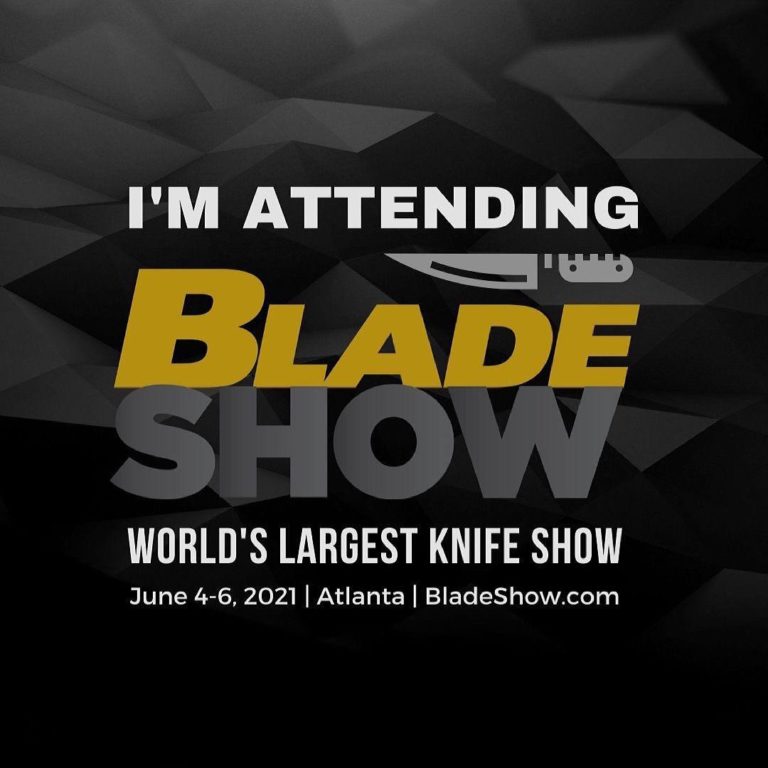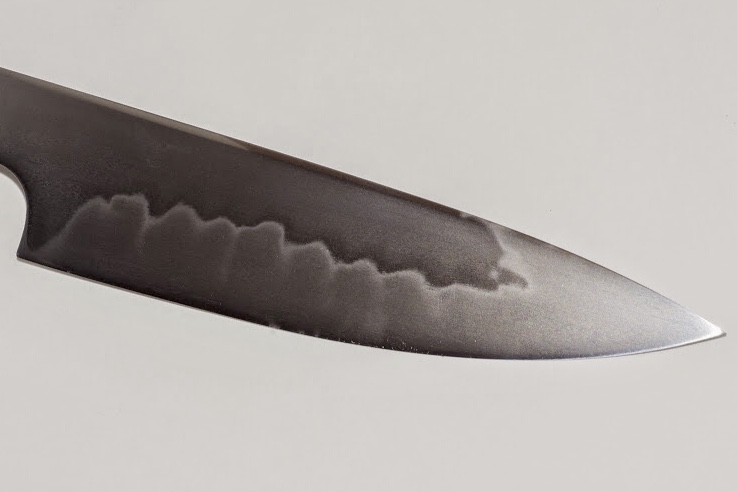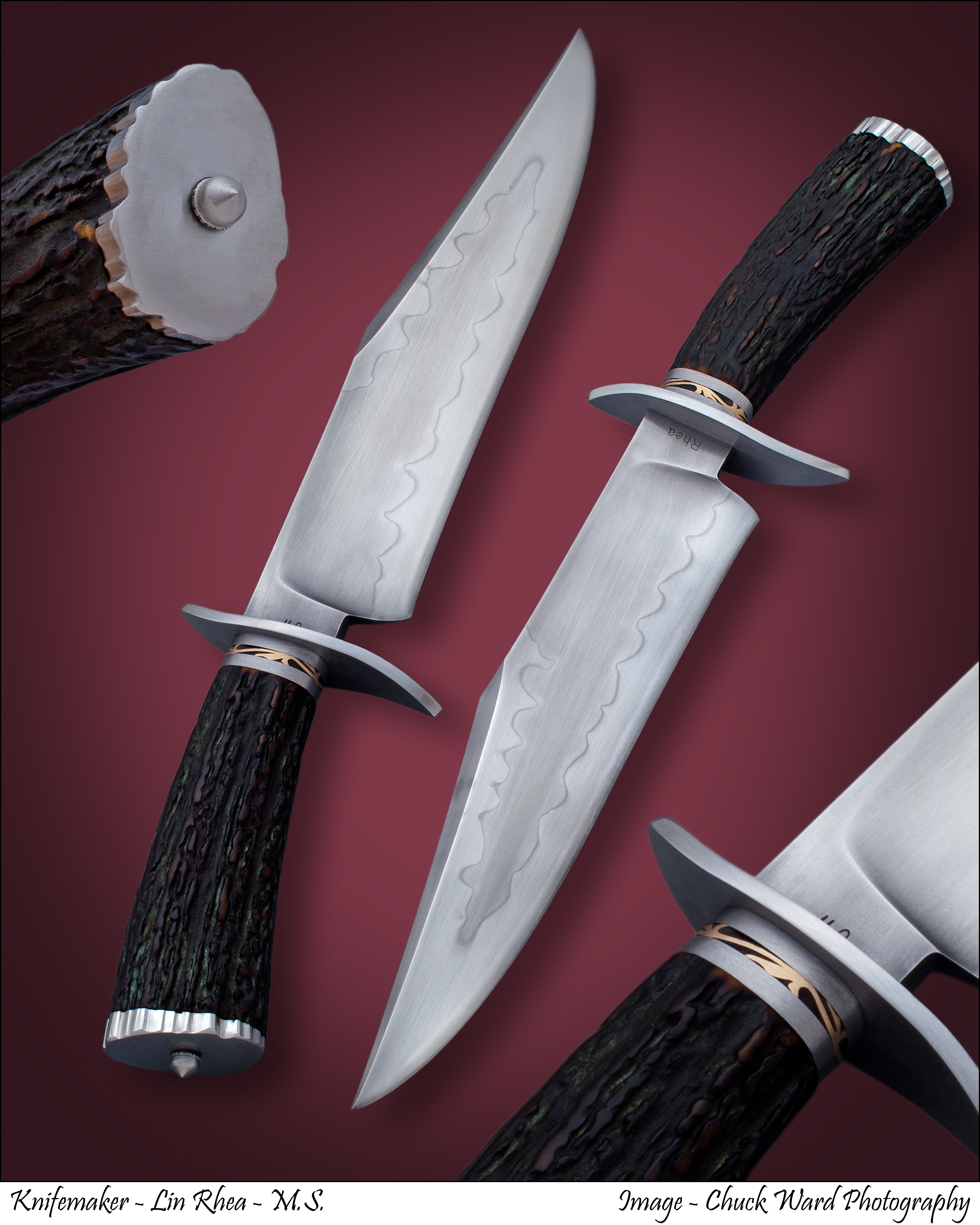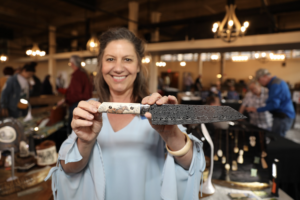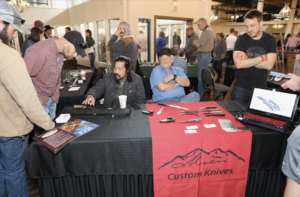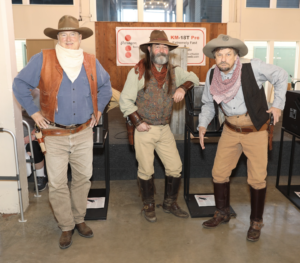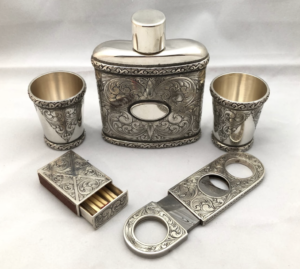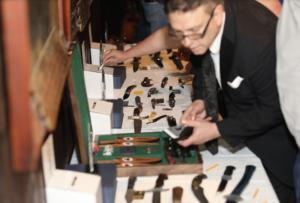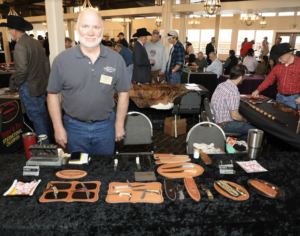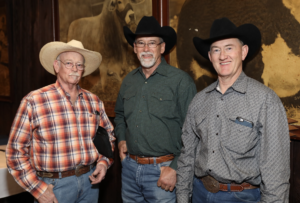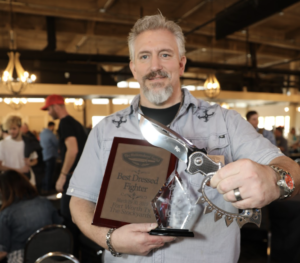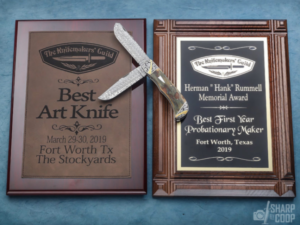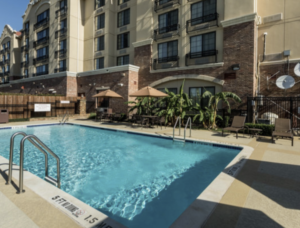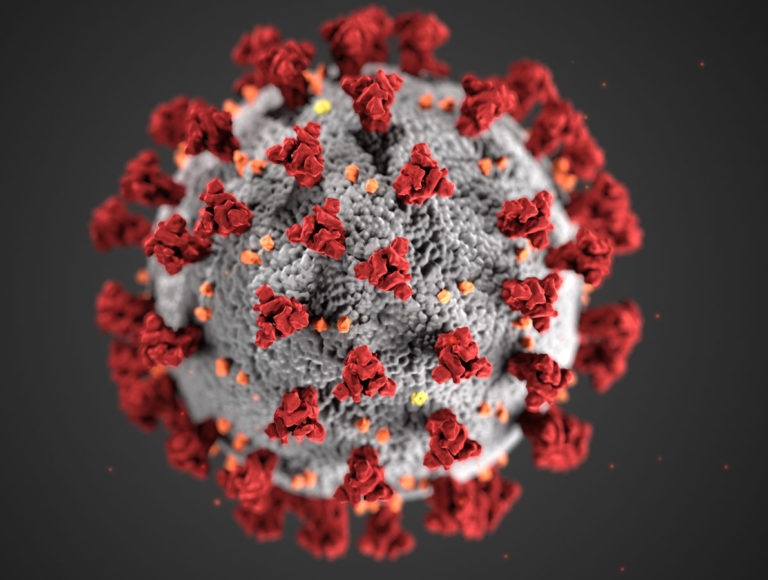Blades Will Hit the Beach! Hot new venue and even hotter knives foreshadow return of BLADE Show West
A new state-of-the-art show venue, some of the world’s top custom and factory knifemakers, and action-packed chef’s knife and knife flipping championships will be but a few highlights of BLADE Show West 2021 Friday and Saturday Oct. 8-9 at the Long Beach Convention Center in Long Beach, California.
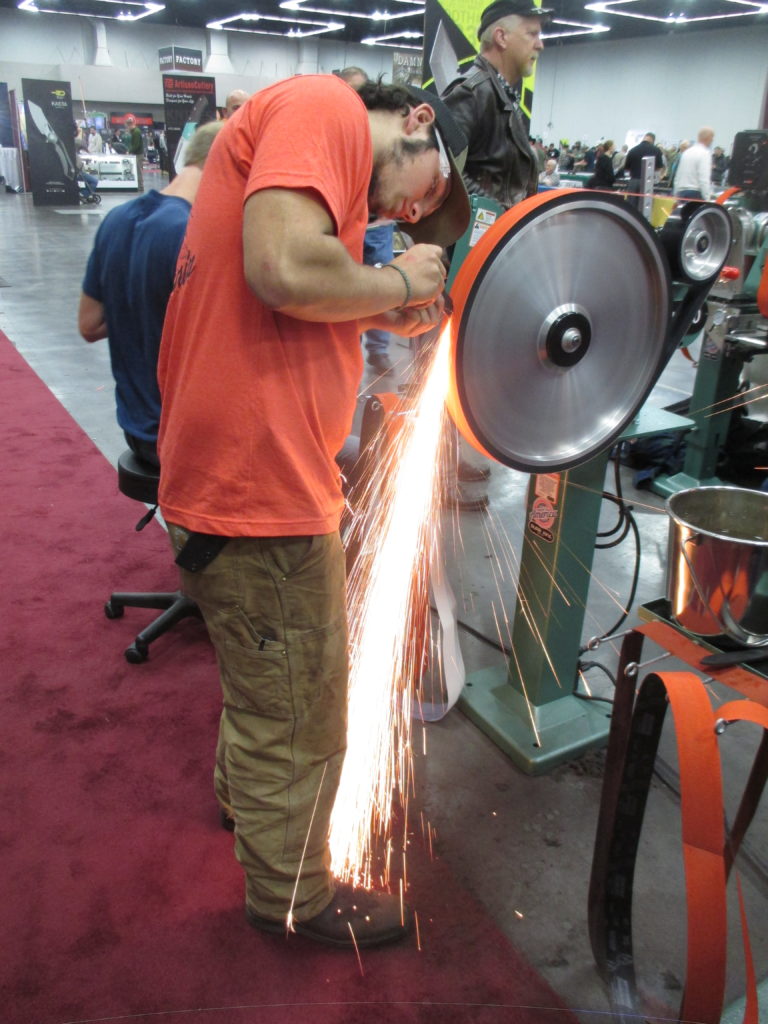
As with this year’s BLADE Show, it’s been two years since the last BLADE Show West, which was held in Portland, Oregon, the two-year wait being the result of the worldwide pandemic. This will be the first BLADE Show West in Long Beach, though nearby Costa Mesa was home to the show at one time.
At press time such outstanding custom makers as BLADE Magazine Cutlery Hall-Of-Fame® member Ron Lake; Dennis Friedly; Duane Dwyer; a number of members of the South Texas Cartel of slip-joint knifemakers including Luke Swenson, Bubba Crouch, Tim Robertson, Enrique Pena, Tanner Couch and Toby Hill; ABS master smiths Bill Burke, Jason Knight, Murray Carter, and Adam and Haley DesRosiers; and many others—over 200 in all—were slated to exhibit.
Domestic and international factory knife exhibitors such as CRKT; Emerson Knives, Inc.; Fox; Heretic; Hogue; Medford Knife & Tool; Microtech; Pro-Tech; Spyderco; TOPS Knives; V Nives; We; Winkler Knives; and many others were slated to exhibit as well.
Knifemaking suppliers set to exhibit include Damasteel, New Jersey Steel Baron, Adam Unlimited, Nichols Damascus, Vegas Forge and more. Other exhibitors will include purveyors Dave Ellis/Exquisiteknives.com, Michael Donato/knifepurveyor.com and Cutlery Hall-Of-Famer Dan Delavan/Plazacutlery.com, photographer Jim Cooper of SharpByCoop.com, sharpening companies Wicked Edge and Work Sharp, and many others.
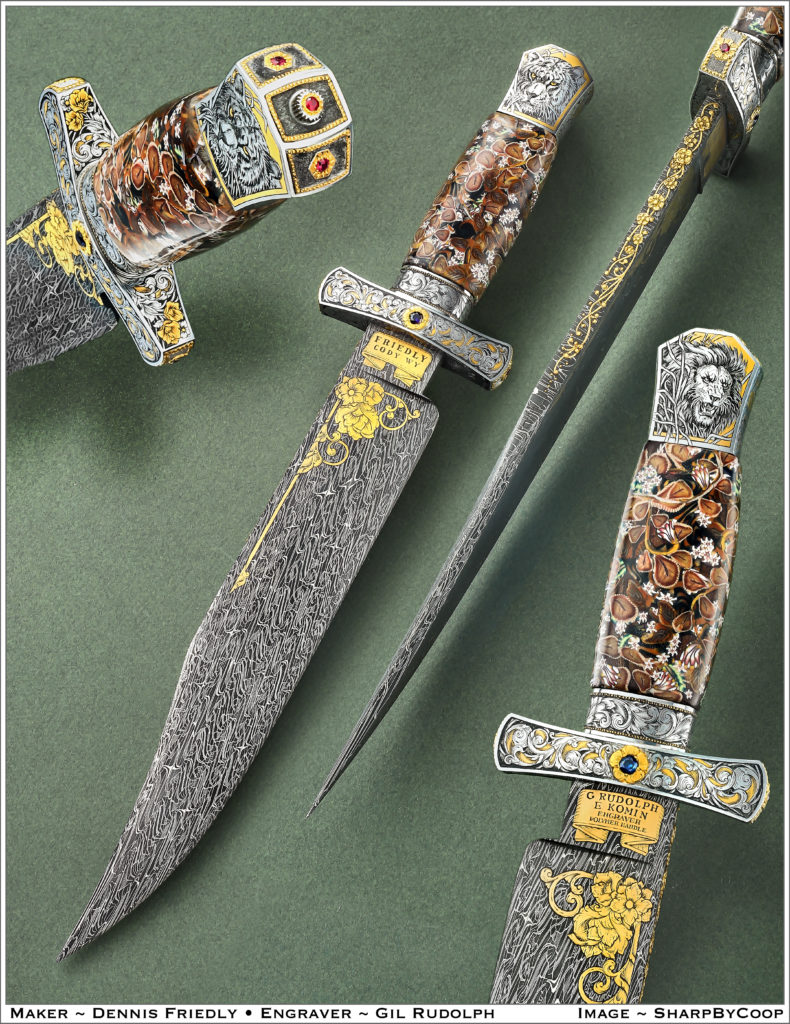
SEMINARS and COMPETITIONS
The doors will open to the public each day at 10 a.m. and close at 6 p.m. The seminar schedule kicks off Friday at 1 p.m. with one on how to bring your edge back from the edge of dull by Clay Allison of Wicked Edge. At 3 p.m. let some of the world’s top knifemakers and bladesmiths—Ernest Emerson, Jason Knight, Steve Schwarzer, Andreas Kalani, Enrique Pena and Mike Tyre—critique your custom knife. And, at 4 p.m., Joe Maynard will demonstrate finishing and polishing techniques in his mobile demo trailer.
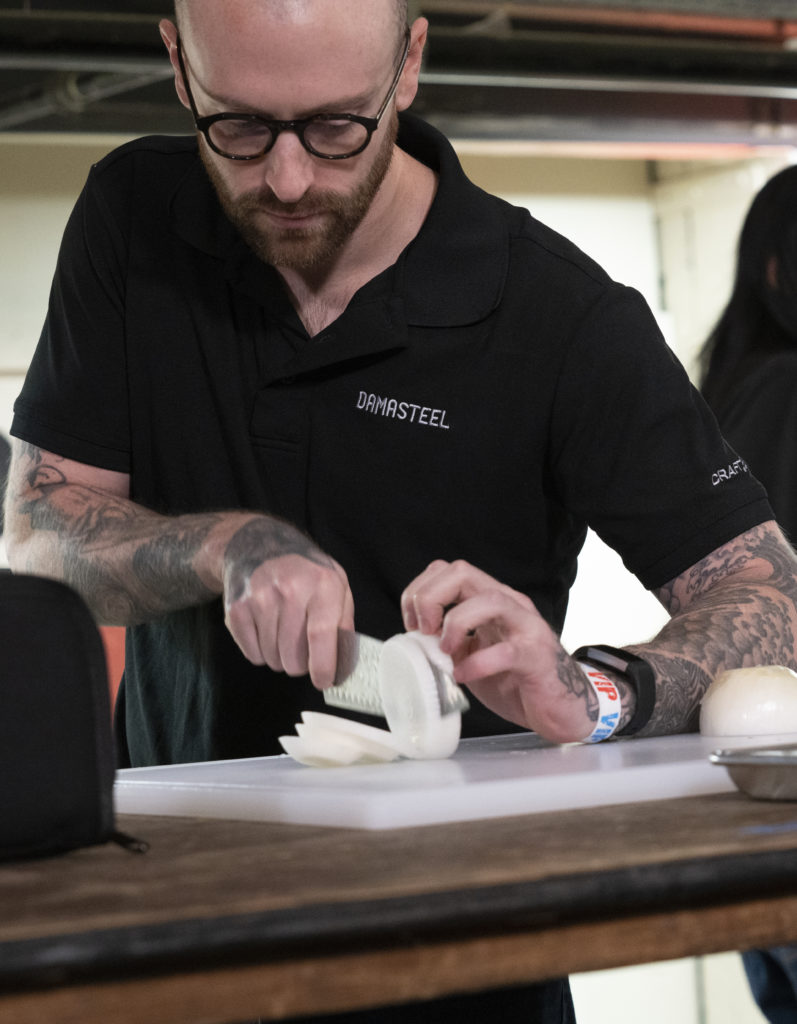
Friday will conclude with the 2nd Annual Chef’s Knife Cutting Competition at 8:30 p.m. in the lobby of the Hyatt Regency Long Beach Lobby (the Hyatt is connected to the Long Beach Convention Center). The event will be divided into two divisions, custom knifemaker and chef’s.
After the doors open Saturday at 10 a.m., Ernest Emerson will present his seminar “The Quest For The Uncommon Man” at 11 a.m. At 2 p.m. join Murray Carter and his Muteki Bladesmiths for a roundtable discussion on how to become a bladesmith and bladesmithing in general. Award-winning knifemakers Luke Swenson, Bubba Crouch and Bill Ruple will conduct the seminar on how to make a single-blade trapper at 3 p.m. Then, to close out the show, Squid Industries will conduct the West Coast Flipping Championships from 4 to 6 p.m.

For the complete seminar, competition and awards presentation schedule, along with capsule descriptions, see sidebar. Attendance is free to all show ticket holders.
KNIFE JUDGING AWARDS
At a time to be determined on Friday, the custom knife and factory knife judging competitions will be held. Categories in the custom knife category will be Best Slip Joint, Best Folder, Best Damascus, Best Chef’s Knife, Best EDC, Best Hunting Knife, Best Tactical Knife and Best In Show. Categories in the factory knife category will be Best Bushcraft, Best Folder, Best Kitchen Knife, Best EDC, Best Hunting Knife, Best Tactical Knife, Best Big Knife (bowie, kukri, machete, etc.) and Best In Show. Best Tactical Knife in the custom and factory categories will be open to both folders and fixed blades.
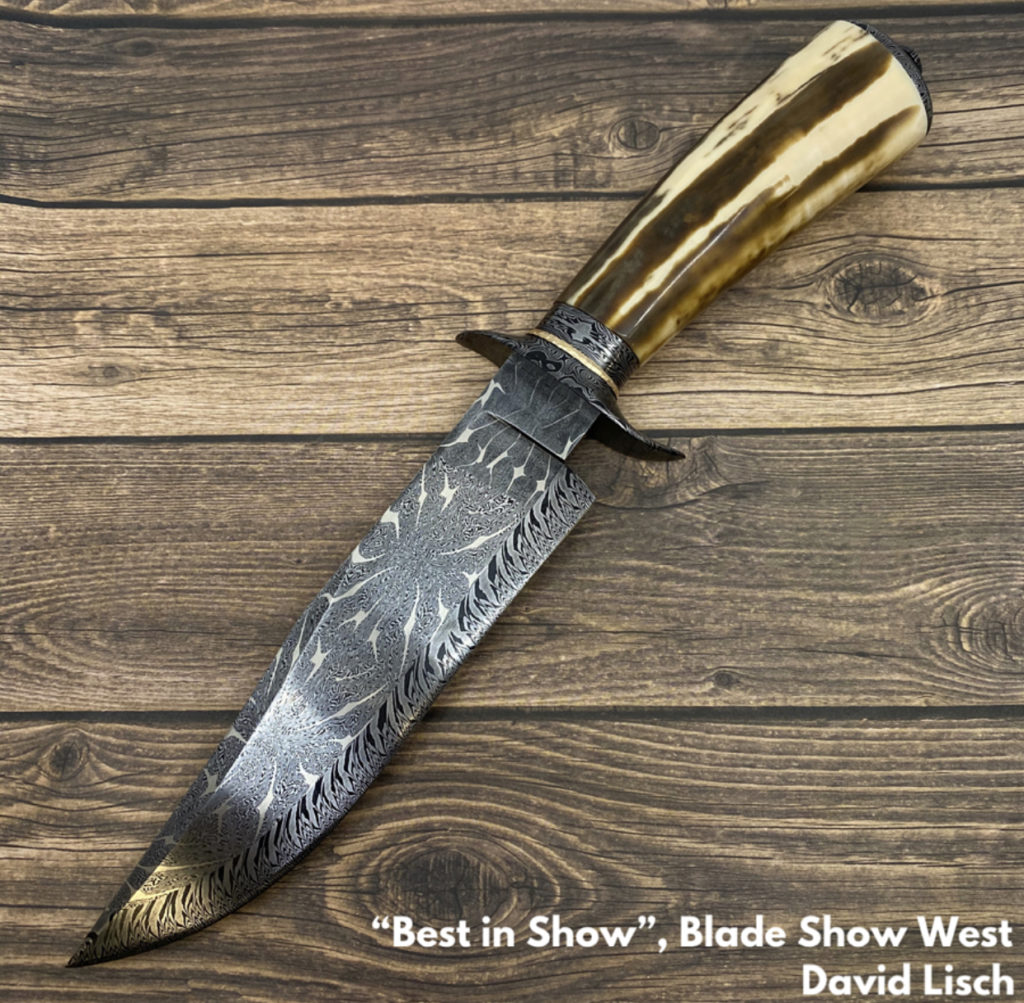
All award winners will receive trophies and coverage in the BLADE Show West recap edition of BLADE®. The winners will be announced at 8 p.m. in the Hyatt Regency Long Beach Lobby 30 minutes prior to the Chef’s Knife Cutting Competition.
NEW VENUE
Many knife enthusiasts, knifemakers, purveyors, suppliers, collectors and others in an around the Long Beach area seemed very excited to have BLADE Show West returning to the Los Angeles area, and a number said the show could not have found a better venue for the show than the Long Beach Convention Center. Many top restaurants and watering holes are within easy walking distance, and the venue itself is cutting edge in terms of exhibitor space and other amenities. The area is also home to an outstanding nightlife scene, gorgeous outdoor parks and gardens, museums and other attractions (longbeachcc.com/attendees/).

Meanwhile, there will be raffles and giveaways, vintage custom and factory knives on display, and no telling what Hollywood, military, knife or other celebrities you might meet—all at BLADE Show West 2021.
For more information on BLADE Show West, visit bladeshowwest.com and/or email bladewest@bladeshow.com.
BLADE Show West Event Schedule
Friday, October 8
1-to-2 p.m. in Meeting Room 202: BACK FROM THE EDGE OF DULL—Maintaining a keen edge on your knife requires sharpening it on a regular basis. However, regular sharpening isn’t always done and the edge may go almost completely dull as a result. According to Clay Allison of Wicked Edge, his company has the tools to bring your knife back from the edge of dull. Let him show you how.
3-to-4 p.m. in Meeting Room 202: LET THE PROS CRITIQUE YOUR KNIFE—A panel of award-winning knifemakers and bladesmiths share their decades of knowledge and experience in critiquing your custom knife. Ernest Emerson, Jason Knight, Steve Schwarzer, Andreas Kalani, Enrique Pena and Mike Tyre will go over every square inch of your knife and tell you what is good about it, what is not and how you can make it better. NOTE: This is a limited-seating event! Bring one knife only. Questions from attendees will be entertained throughout. Sign-ups will be held onsite.
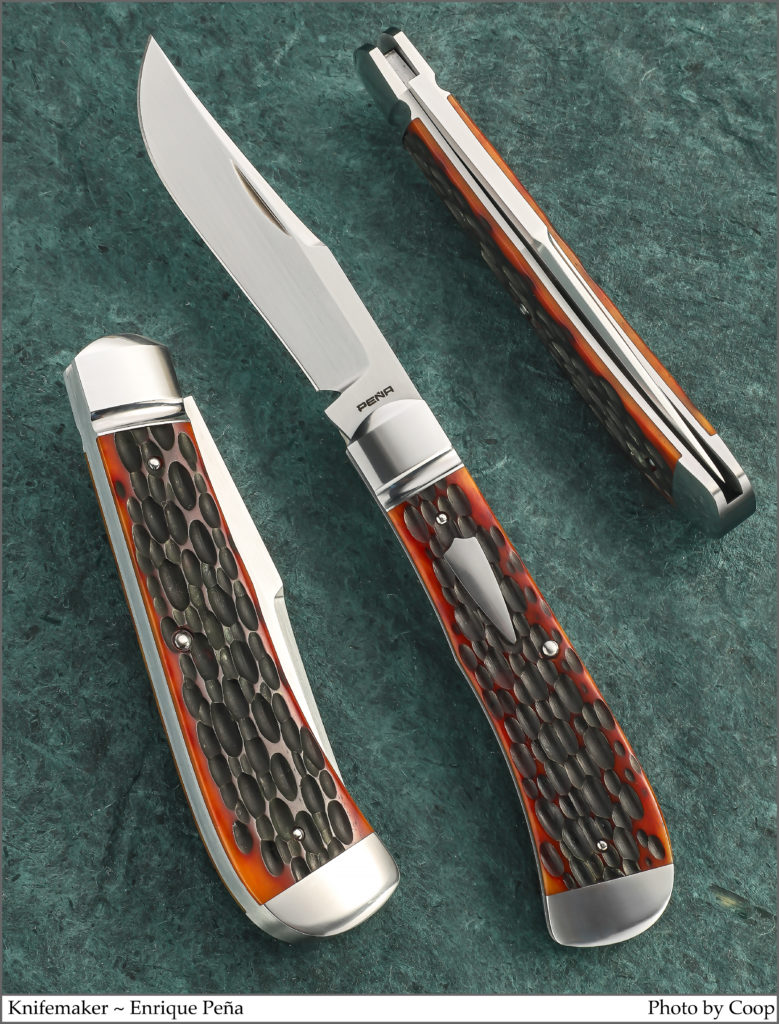
4-to-5 p.m. in the demonstrator’s mobile demo trailer: FINISHING & POLISHING—Joe Maynard of Primitive Grind will demonstrate finishing and polishing of various materials, including steel to a mirror finish and wood and composites using Combat Abrasives airway wheels and compounds. Attendees will also have a hand’s-on opportunity to take steel from a 600-grit finish to a mirror polish.
8 p.m. in the Hyatt Regency Long Beach Lobby: BLADE® MAGAZINE KNIFE AWARDS—Winners of the custom and factory knife judging competitions will be announced.
8:30 p.m. in the Hyatt Regency Long Beach Lobby: 2nd ANNUAL CHEF’S KNIFE CUTTING CHAMPIONSHIPS—A series of cutting challenges among contestants in two separate divisions: custom knifemakers and professional chefs. Murray Carter is the defending champion in the custom maker division, and Kolter Livengood won the chef’s division at BLADE Show West in 2019.
Saturday, October 9
11 a.m. to 12 p.m. in Meeting Room 202: Quest For The Uncommon Man with Ernest Emerson, CEO of Emerson Knives, Inc. In the modern world of unchallenging sameness, there are still those who choose to stand apart, “those determined to deny the mind-numbing regimen of spirit-crushing conformity,” Emerson observed. “Those who choose this path are the uncommon among us. If you have ever wondered, ‘Am I the last of my kind?’ then join me in a discussion of the values of being the uncommon man, and the strength it will require to preserve our way of life for future generations.”
1-to-2 p.m. in Meeting Room 202: ROUNDTABLE DISCUSSION WITH MUTEKI BLADESMITHS—Since 2006, Murray Carter has been sharing and teaching traditional Japanese bladesmithing techniques with a limited number of eminently qualified apprentices working under the cooperative company name Muteki Knives. Meet the Muteki Bladesmiths and participate in a roundtable discussion in which you may direct specific questions about your knife to each of the apprentices.
3-to-4 p.m. in Meeting Room 202: HOW TO MAKE A SINGLE-BLADE TRAPPER—Award-winning knifemakers Luke Swenson, Bubba Crouch and Bill Ruple will show you how it’s done based on Swenson’s video tutorial “Slipjoints with Luke Swenson.” Basic setup, assembly, tang geometry, spring tension, tuning and fixtures, including the Ruple Gauge and the Elite Folder Jig from Metal Head Tools, will be among the highlights.
4-to-6 p.m. in Meeting Room 203: West Coast Flipping Championship—The West Coast Flipping Championship hosted by Squid Industries returns! The event will feature head-to-head live blade flipping in an elimination bracket-style competition. The 2019 place finishers were Mika Seibel (1st), Diego Fuentebella (2nd) and Jeffrey Durr (3rd).
*Attendance is FREE to all show ticket holders.




